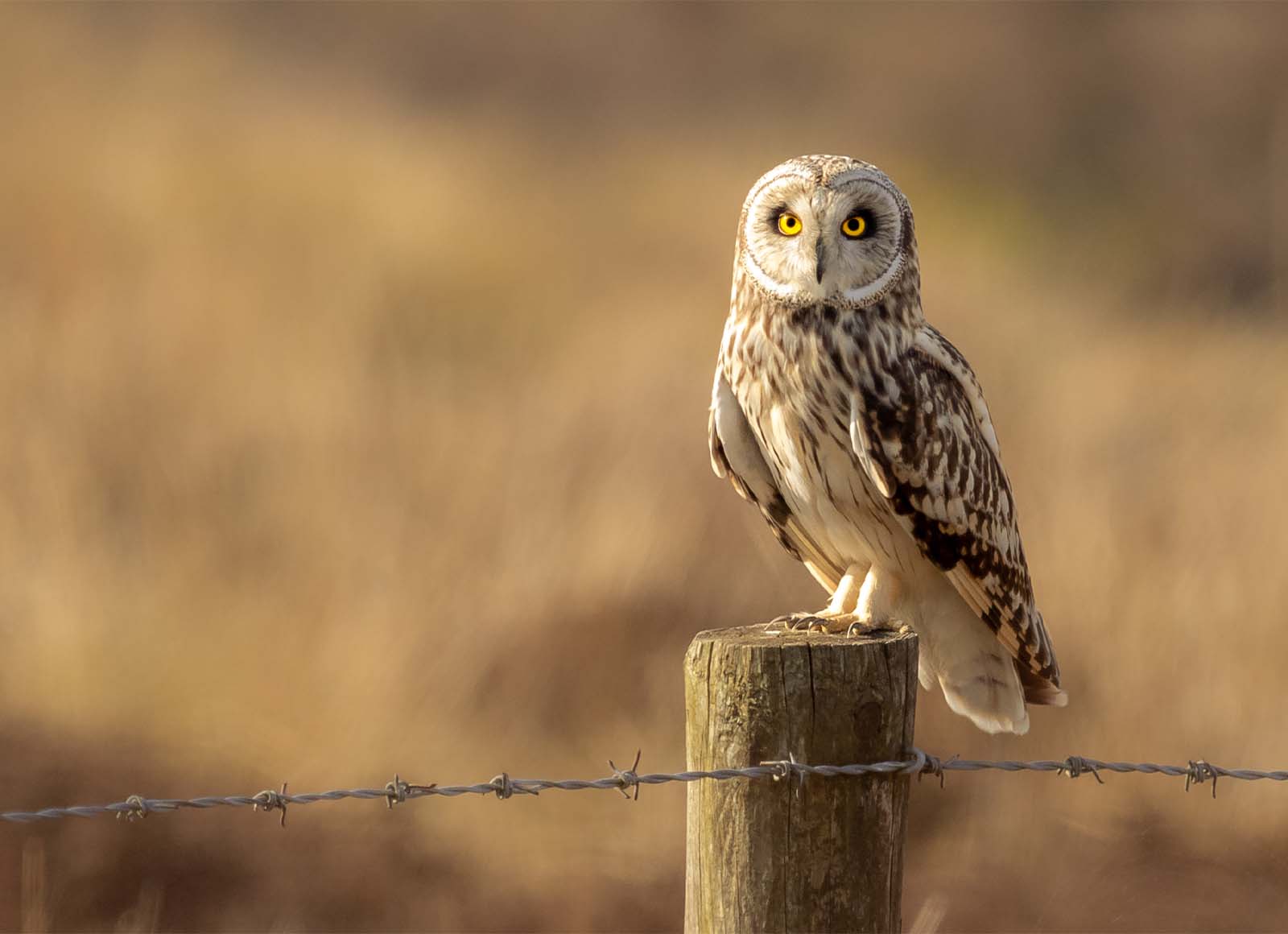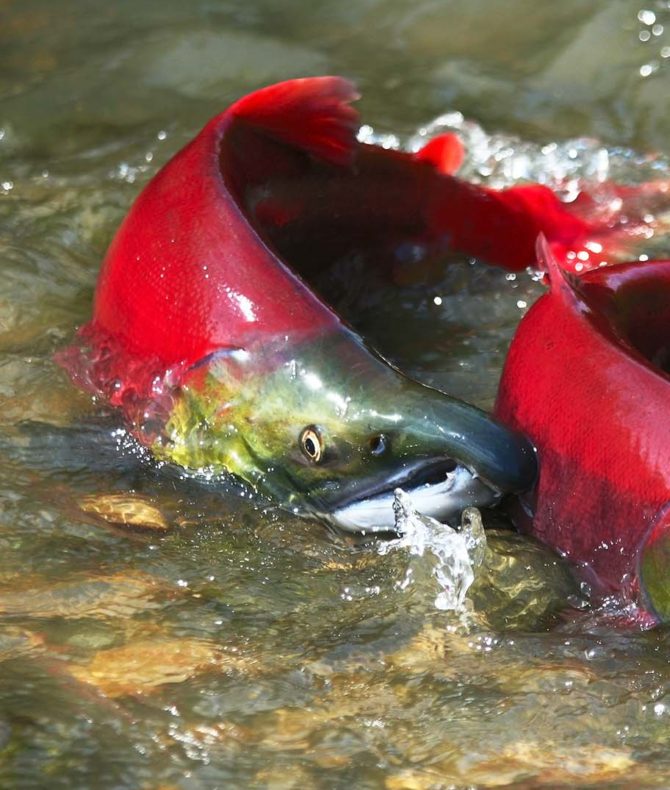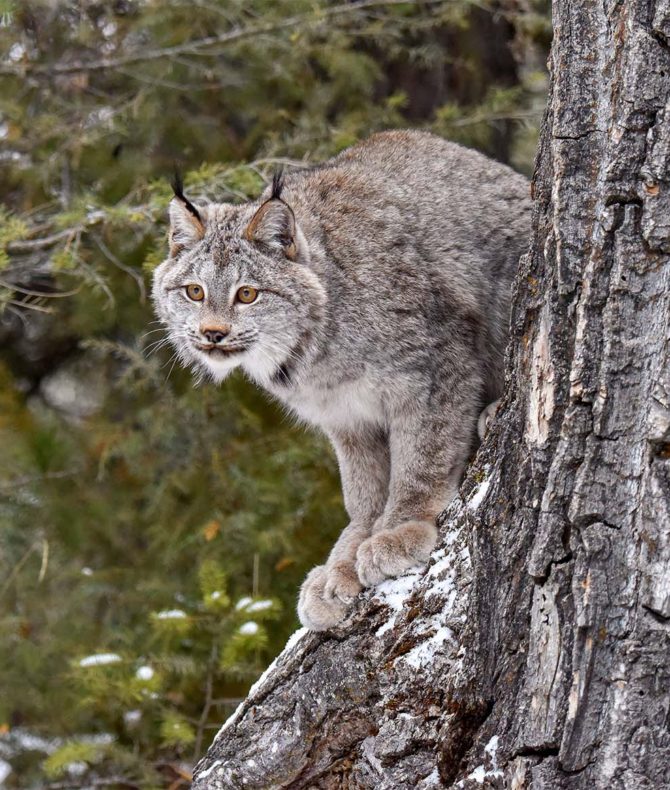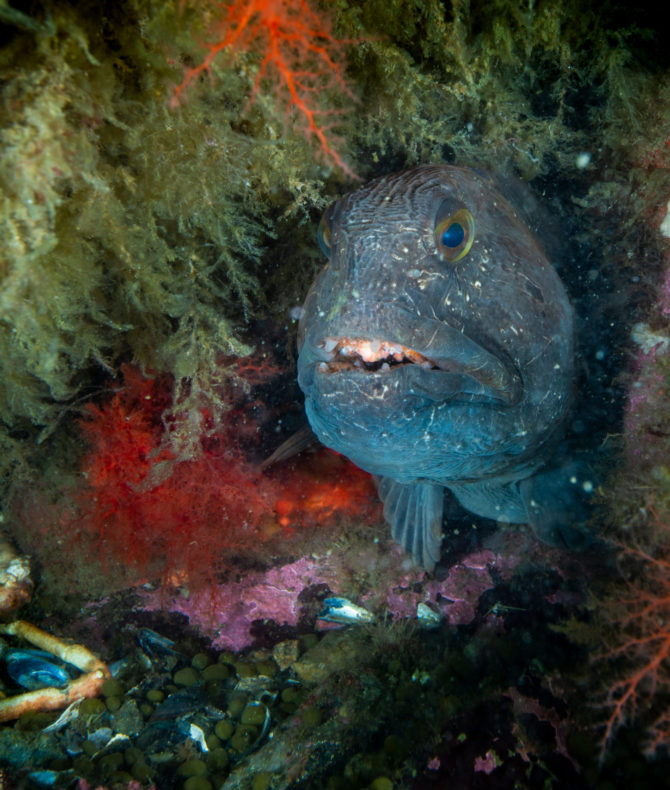About
The Canadian province of New Brunswick is home to more than 20 rare and threatened species (called “Species at Risk”) that can be found on farms. These include insects such as Yellow-banded Bumblebee, grassland birds such as the Short-eared Owl, bats like the Little Brown Myotis, and even turtles, such as the Wood Turtle. While some of these species are entirely dependent on agriculture for their survival in New Brunswick, like the Bobolink and Eastern Meadowlark, others have a more complicated relationship with farming. The SARPAL initiative was designed to help recover and protect Species at Risk found in agricultural areas in the Wolostok / St. John River Watershed of New Brunswick, by working with producers to identify and implement effective solutions.

Challenge
While there are many agricultural practices that can benefit wildlife, there are many others that are known to have negative impacts. Over 20 agricultural pressures have been identified that either directly or indirectly affect Species at Risk on agricultural lands in the watershed, including allowing livestock access to sensitive habitats, haying and mowing during the grassland bird breeding season, and pesticide applications. Developing effective solutions requires outside-the-box thinking, as well as the participation and buy-in from a variety of stakeholders and rightsholder, including producers, to ensure that ideas are relevant, feasible, and impactful.
Solutions
With support from Nature NB, Global Conservation Solutions is helping the SARPAL team to collaboratively develop an adaptive management conservation plan that benefits both Species at Risk on agricultural land, as well as agricultural communities in the Wolostok / St. John River watershed of New Brunswick. The team of 14 partner organizations, including NGOs, Indigenous Nations, government agencies, and academics have been working hard to build a common understanding of the current situation in the watershed, define a shared vision for the future, and design the roadmap to achieve that vision in an inclusive and collaborative way.
Results
The team has identified 8 overarching strategies to turn the tide for Species at Risk on agricultural lands in the watershed, such as reducing subsidized predation, improving livestock access practices to conserve wetlands and riparian areas, maintaining and enhancing farm buildings as habitat, and improving haying and mowing practices. Each of the 8 strategies contains a suite of actions that the SARPAL team will implement collaboratively over the coming years to achieve their conservation goals. With the blueprint for success designed, the team has set the course for positive change for both species-at-risk and producers for years to come.




